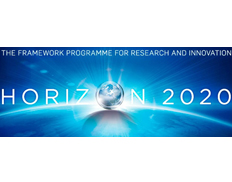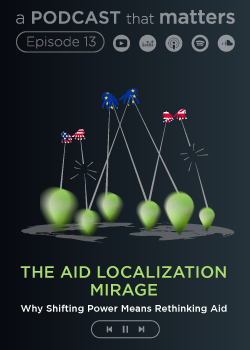Print

A simple, reliable and safe diagnostic device for preterm birth prevention: Pregnolia
Details
Locations:Switzerland
Start Date:Dec 1, 2018
End Date:Mar 31, 2019
Contract value: EUR 71,429
Sectors: Electrical Engineering, Health, Information & Communication Technology, Science & Innovation
Description
Programme(s):
H2020-EU.3. - PRIORITY 'Societal challenges
H2020-EU.2.3. - INDUSTRIAL LEADERSHIP - Innovation In SMEs
H2020-EU.2.1. - INDUSTRIAL LEADERSHIP - Leadership in enabling and industrial technologies
Topic: EIC-SMEInst-2018-2020 - SME instrument
Call for proposal: H2020-EIC-SMEInst-2018-2020
Funding Scheme: SME-1 - SME instrument phase 1
Grant agreement ID: 835715
Project description: A device for predicting the risk of preterm birth
Babies born before 37 weeks of gestation are considered premature and have an elevated risk of short- and long-term medical complications including death. Common causes of preterm birth include maternal conditions such as diabetes and high blood pressure. Early detection is difficult because symptoms are mild and resemble those occurring in normal pregnancies. To address this problem, the EU-funded Pregnolia project has developed an innovative device that determines the stiffness of the cervical tissue as an indicator of preterm birth risk. The device is safe and easy to use, offering twice the sensitivity of ultrasound, which has been the gold standard for preterm birth detection.
Objective: Approximately 135 M babies are born yearly worldwide, of which 14.94 M are born at pre-term. Only in Europe 5.1 M babies are born annually, of which >0.38 M are born at pre-term. Babies born before 37 weeks are premature and can have short- and long-term medical problems or die in 7% of the cases. Thus, European health cost are estimated in €50,000 per premature baby, this is, ~€20 billion per year. However, there are no fully reliable methods to diagnose the risk of preterm birth (PTB) to date and only 40% of women at risk are detected. Ultrasounds, biomarkers blood and fetal/placenta protein analysis are the main alternatives, but none of them solve the current problem. Thus, the remaining 60% women at risk cannot be benefited from preventing preterm birth therapies. These women will most likely have a spontaneous and uncontrolled preterm birth, which is extremely dangerous for baby and mother, leading to long-term health baby problems. In response, we have developed Pregnolia device to determine the risk of preterm birth. Our patented device is the first one in the market based on the determination of cervical tissue stiffness, which has twice the sensitivity to the ultrasounds “gold standard”. The device is formed by a reusable control unit with a disposable singleuse probe. It is simple, safe, easy to use and integrated into routine gyneacological consultations. With our solution, the majority of women, 80% out of 100% at risk, can be treated to prevent premature birth. Thus, Pregnolia diagnosis will enable gynecologists to take key decisions about preterm birth management (bed rest and hormone medication) and pregnant women will be able to adapt their lifestyle. Our device will enable a reduction of PTBs costs of 42%, which could represent savings up to 8.4 € billion for the EU healthcare system. Furthermore, after 4-year sales, it will give net revenues of ~€99 M, net profits of ~€56 M and considering the investment of €8M, a ROI of ~7 euro per € invested.

